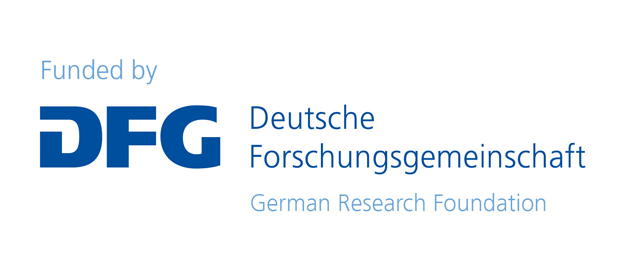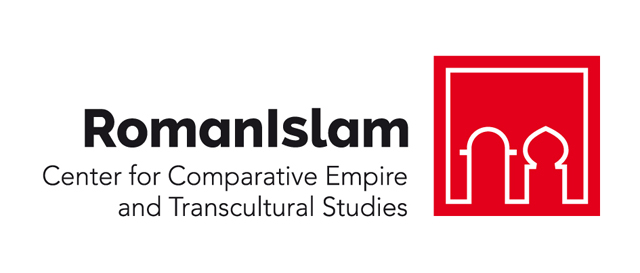Dr. Mohamed Ben Nejma
October 2023 - November 2023

Reaserch Project: The Mausolea of the Tunisian High Steppes during Late Antiquity
The Tunisian High Steppes region is located in the center west of Tunisia. From the first century AD, it was part of the Roman province of Africa, and the region's famous cities, such as Ammaedara, Sufetula, Cillium, and Thelepte, were created in this century. In this region, in addition to the remains of public monuments, the mausoleums are among the best preserved monuments of the region. They are practically present in both large urban centers and small rural agglomerations. They are divided into two types: tower-mausolea like those of the Flavii and Petronii of Cillium and temple-mausolea like those of Postumia Matronilla at Henchir Zaatli and Henchir Abid between Cillium and Thelepte.
A thorough examination of some of these monuments has revealed that they date back to the 2nd or 3rd century. In the late antiquity, and as a result of changes in economic conditions and insecurity in the region, we noted the creation of a massive program of official or private fortifications, in the cities as in the countryside. In other cases, ancient or disused monuments such as olive oil presses, triumphal arches, temples, houses….was transformed into a fortification. Several mausolea have undergone the same transformations. Based on a thorough examination of a few examples, my objective is to demonstrate the different types of intervention experienced by these monuments during Late Antiquity and the principal causes of their transformations.
Profile
Dr. Mohamed Ben Nejma is a researcher at the National Institute of Heritage (INP), Tunisia. He is a specialist in the roman archaeology and essentially in the architecture of this period. His principal interest is the study of the roman mausolea in the region of the Tunisian High Steppe and the architectural decoration in many archeological sites in Tunisia. He has participated in various archeological missions in Tunisia (Utica, Zama Regia, Abthugnos, Althiburos, Thapsus….) and he co-directed several fieldwork projects in Zama Regia, Sufetula and Ammaedara. He published several book chapters and scientific articles in Tunisian and international journals.
CV
Selected Publications
Ben Nejma, Mohamed / Torchani, Mounir / Touihri, Chokri (2023a), " Le destin d’une église à Abthugnos : de l’Antiquité tardive au Moyen Age", in: Abdellatif Mrabet, ed., Eglise et christianisme au Maghreb Antiquité et Moye Age, actes du septième colloque international, Sousse, 02, 03 et 04 décembre 2021, Sousse: Université de Sousse, 413-432.
Ben Nejma, Mohamed et al. (2023b), "Thapsus, port antique de Méditerranée", Bulletin archéologique des Écoles françaises à l’étranger, Maghreb.
Ben Nejma, Mohamed (2022), "Henchir Abid : un site antique des Hautes Steppes Tunisiennes", Africa XXVI, 87-142.
Ben Nejma, Mohamed (2021), "Le mausolée de Henchir El Ksar, (région de Haïdra, Les Hautes Steppes Tunisiennes)", in: Lamia Ben Abid / Fernando Prados Martínez / Mohamed Grira, eds., De Carthage à Carthagène. Bâtir en Afrique et en Ibérie durant l’Antiquité (Publicaciones INAPH, Collection Petracos 4), Alicante: Publication Universidad de Alicante, 265-293.
Ben Nejma, Mohamed / Naddari, Lotfi (2017), "Le mausolée dit « ksar el guennara » (environs de thala) : étude architecturale et historique", in:Jaafar Ben Nasr / Nouri Boukhchim / Mourad Arar, eds., Campagnes et archéologie rurale au Maghreb et en méditerranée, actes du sixième colloque international (Kairouan : 14, 15 et 16 avril 2016), Kairouan: Université de Kairouan, 53-77.
Ben Nejma, Mohamed (2011), "Le décor architectonique d’Utique à l’époque punique", in: Ahmed Ferjaoui, ed., La Carthage punique diffusion et permanence de sa culture en Afrique antique (actes du 1er séminaire- Tunis 28 décembre 2008), Tunis: Institut National du Patrimoine, 185-201.


